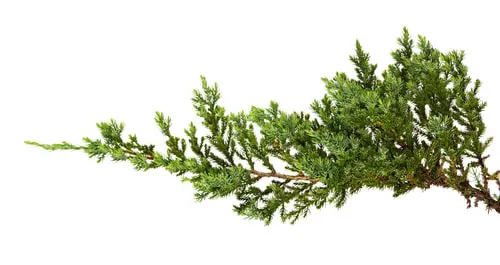Junipers are rather simple to grow and care for. One look at the blue rug juniper shrub and it’s easy to see how it got its name. Whether planted in gravel, as a border, or in a large garden, its particular needs for soil conditions and space to thrive can make finding companion plants seem complicated.
The top 10 blue rug juniper companion plants range from bushes to flowers to complimentary plants that ensure your juniper has space to thrive. This array of plants likes a lot of the same things that blue rug juniper does and help add depth and color to your space.
Your best bet when picking companion plants for your blue rug juniper are plants that aren’t going to impede this unique shrub’s growth.
Top 10 Blue Rug Juniper Companion Plants
Blue rug juniper is not ideal for a vegetable garden due to the way it can spread. It’s a better companion for bushes and other shrubs, especially ones that tend to go upwards instead of low to the ground like your juniper.
Other companion plants to fill your garden:
1. Kramer’s Red Winter Heath

Both blue rug juniper and kramer’s red winter heath are distinct plants, and with a little bit of space between them, they make wonderful companions. They both like the same soil, and kramers attract pollinators even in the winter.
Mature Size: When kramer’s red winter heath reaches maturity, it can grow up to 18 inches tall and 24 inches wide.
Flowering: You have quite a bit of freedom for when to plant this shrub, as it can go into the ground between spring and fall.
Key Features: Kramer’s red winter heath is a small but lush shrub that grows bundles of small pink flowers with petals that fold inward. Flowers are surrounded by very small green leaves.
2. Roses
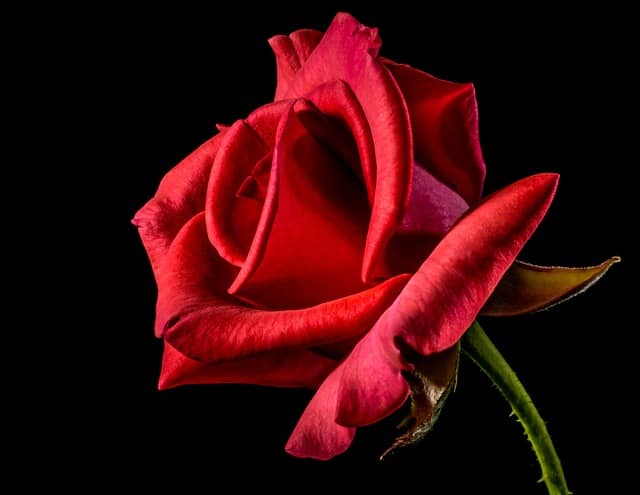
When planting blue rug juniper in or near gravel, adding some rose bushes brings forth stunning colors. Additionally, the roses help keep pesky bugs out of your juniper, while both plants enjoy the same kinds of growing conditions.
Mature Size: A rose bush has an expansive size range based on variety; many stay between three and six feet tall, while others can grow up to 50 feet.
Flowering: Roses can be planted in the spring once the winter frost has completely dissipated.
Key Features: Roses grow inside shrubs, with flowers ranging in color and emitting a very distinct aroma.
3. Blueberries
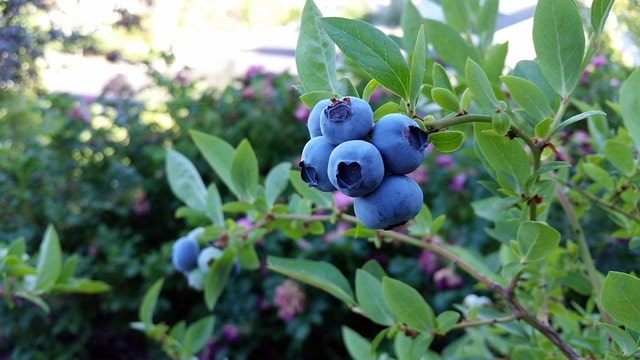
The blueberry bush enjoys acidic soil, as does blue rug juniper. The blueberry bush won’t steal too much sun from your juniper, while the juniper helps protect the integrity of the soil for your blueberries.
Mature Size: A blueberry bush can grow anywhere between two and 12 feet tall depending on the variety you choose.
Flowering: You can either plant your blueberry bush in the spring, or wait until the middle of fall.
Key Features: Blueberry bushes grow wide and feature branches of green flowers, with clusters of the delicious berry interspersed between branches.
4. Berberis
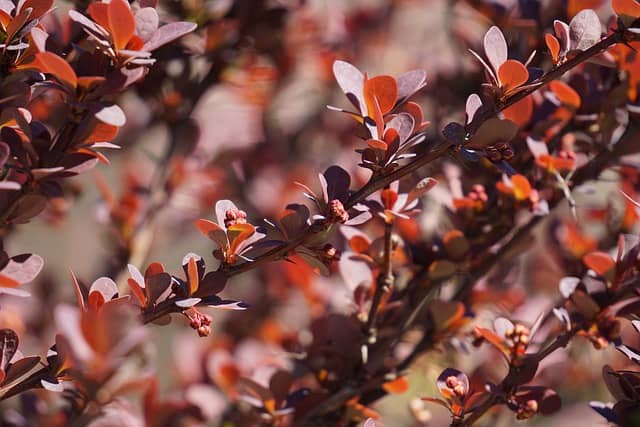
The berberis shrub, also referred to as barberry, make excellent companions to blue rug juniper. Both complement each other in appearance and hardiness, as well as how they thrive throughout the year.
Mature Size: At maturity, the berberis can grow between three to 16 feet tall depending on the variety.
Flowering: The best times to plant berberis are either in mid-spring or mid-fall.
Key Features: The berberis shrub consists of a series of short and long shoots with green leaves and red berries, though there are some varieties that grow different colored berries.
5. Blue Asters
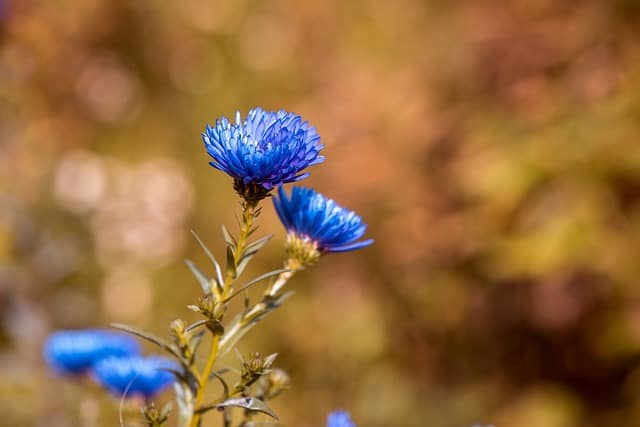
Blue asters are a flower that looks so beautiful grown with blue rug juniper due to their complementary shades of blue. Additionally, both plants enjoy a lot of sunshine and soil that has good drainage.
Mature Size: A mature blue aster plant can grow up to four feet tall.
Flowering: When to plant your blue asters will depend on your climate. If you live in a warmer area, plant these flowers in the spring or fall. Otherwise, you can plant them between spring and fall.
Key Features: This perennial grows plush speckles of small blue flowers, ranging in shades of blue depending on variety. Flowers are dainty with thin blue petals.
6. Lavender
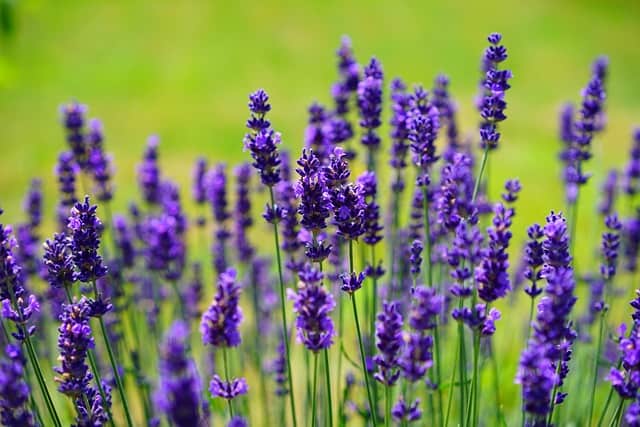
Lavender is a gorgeous herb that you can rely on to bring pollinators around, keeping all surrounding plants healthy. Both these plants like the same kind of soil, and they look incredible growing together.
Mature Size: When mature, lavender shrubs can reach anywhere between two and three feet tall.
Flowering: Lavender is ready to plant when all the remnants of winter frost are gone from the ground.
Key Features: Lavender grows on very thin green stalks that feature small purple leaves, and feature a very relaxing and soothing aroma.
7. Sedum
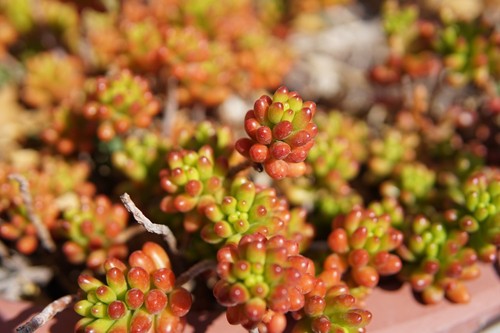
Sedum and blue rug juniper both like a lot of sun, making them great plants to grow together. Sedum plants don’t need a lot of water either. This can help you avoid overwatering in the area, which can lead to root rot; a pesky problem for blue rug junipers.
Mature Size: The type of sedum you choose will determine its mature size, but the range to expect is between six and 24 inches tall with a similar range in width.
Flowering: It’s best to plant your sedum in the spring or summer.
Key Features: Sedums are shrubs that vary in appearance. Many feature very close-together bundles of small, colorful flowers and green leaves.
8. Hostas
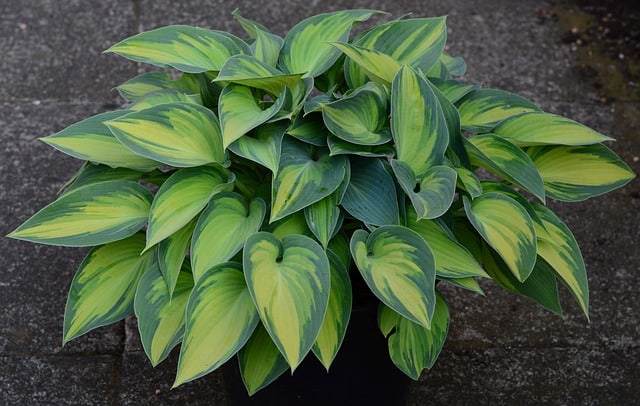
Hostas work well with blue rug juniper as opposed to other types of juniper because they don’t compete for space. Since blue rug juniper is low growing, planting hostas behind the grow pattern makes sure both plants have enough space to prosper.
Mature Size: Hostas can grow between two and 60 inches tall when mature, depending on the variety chosen.
Flowering: Hostas can either be planted early in the spring or early in the fall.
Key Features: Hostas come in many colors and types, and are all recognized for their large, waxy leaves.
9. Dwarf Bamboo Plants
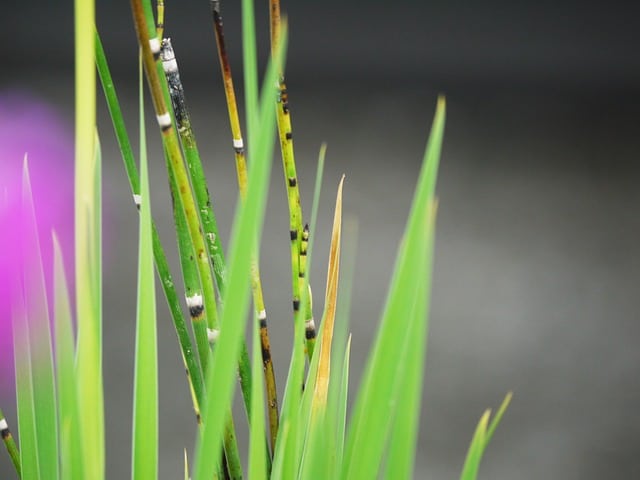
Dwarf bamboo plants complement blue rug juniper well both aesthetically and practically. Dwarf bamboo will give your juniper room to spread and grow, as this particular type of bamboo isn’t invasive or fast-growing.
Mature Size: Despite its name, dwarf bamboo can grow up to 30 feet tall.
Flowering: Dwarf bamboo should be planted in the spring or summer.
Key Features: Dwarf bamboo grows bundles of long and dainty green leaves that slightly curve downward.
10. Hydrangeas
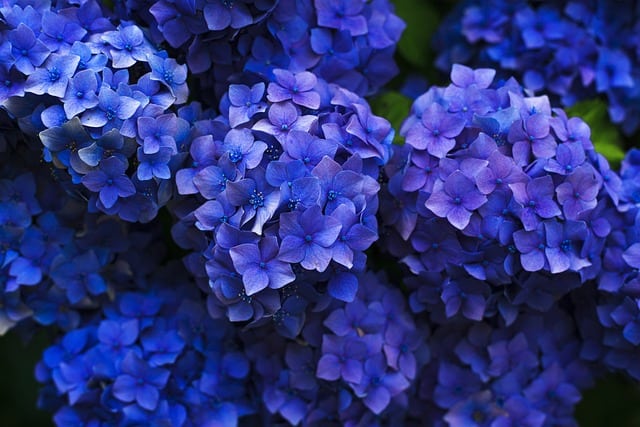
Hydrangea shrubs are a favorite amongst many gardeners and landscapers, and you have a lot of options for which type of hydrangea you choose. Hydrangeas will also help deter a lot of the pests that can wreak havoc on your blue rug juniper.
Mature Size: Hydrangeas range in size at maturity; they can grow up to 15 feet tall, and anywhere from three to 10 feet wide.
Flowering: Hydrangeas can be planted in the early spring or fall; just be sure there’s no frost in the ground.
Key Features: Hydrangeas are a shrub that can grow wide or tall, and often produce beautiful flowers in an array of colors depending on the variety.
Summary
Blue rug juniper doesn’t need a lot of help to grow into a sprawling addition to your landscape. Since you likely don’t want this shrub to live on its own, picking one or more of the top 10 blue rug juniper companion plants will guarantee no impediments so all surrounding plants have an opportunity to grow to their greatest potential.
Frequently Asked Questions
How Far Apart Should You Plant Blue Rug Juniper?
Each little pot or portion of blue rug juniper should be planted between four and six feet apart. Adequate spacing guarantees enough space for your blue rug juniper to cover the appropriate amount of ground without one plant stunting the other’s growth.
Does Blue Rug Juniper Spread?
Blue rug juniper essentially creates a rug around your garden, yard, or whichever space you plant it in. It can spread out pretty far, and stays low to the ground. As such, you want to consider how this particular shrub spreads before you start planting.
How Fast Does Blue Rug Juniper Spread?
At maturity, branches of the blue rug juniper shrub can grow up to one feet tall, though it takes some time for this growth to occur. You’re looking at about a year before your blue rug juniper reaches these heights.

Hey, I’m Lisa and I’ve been an avid gardener for over 30 years. I love writing, talking and living in the garden! Feel free to connect with me on my socials below

